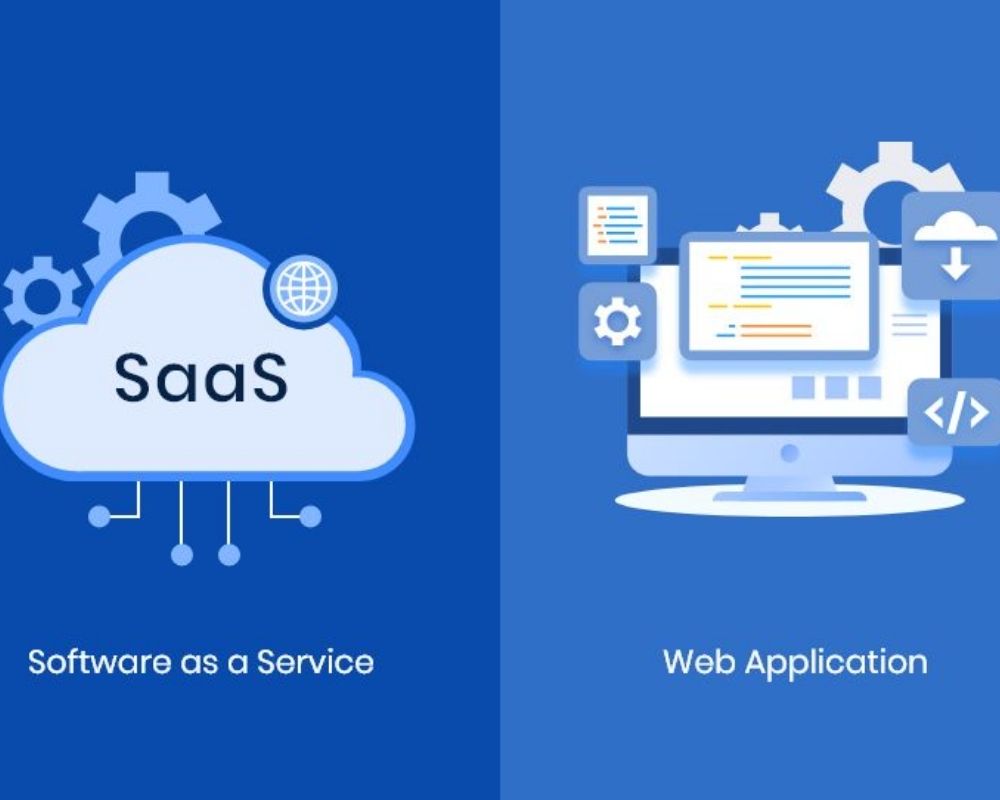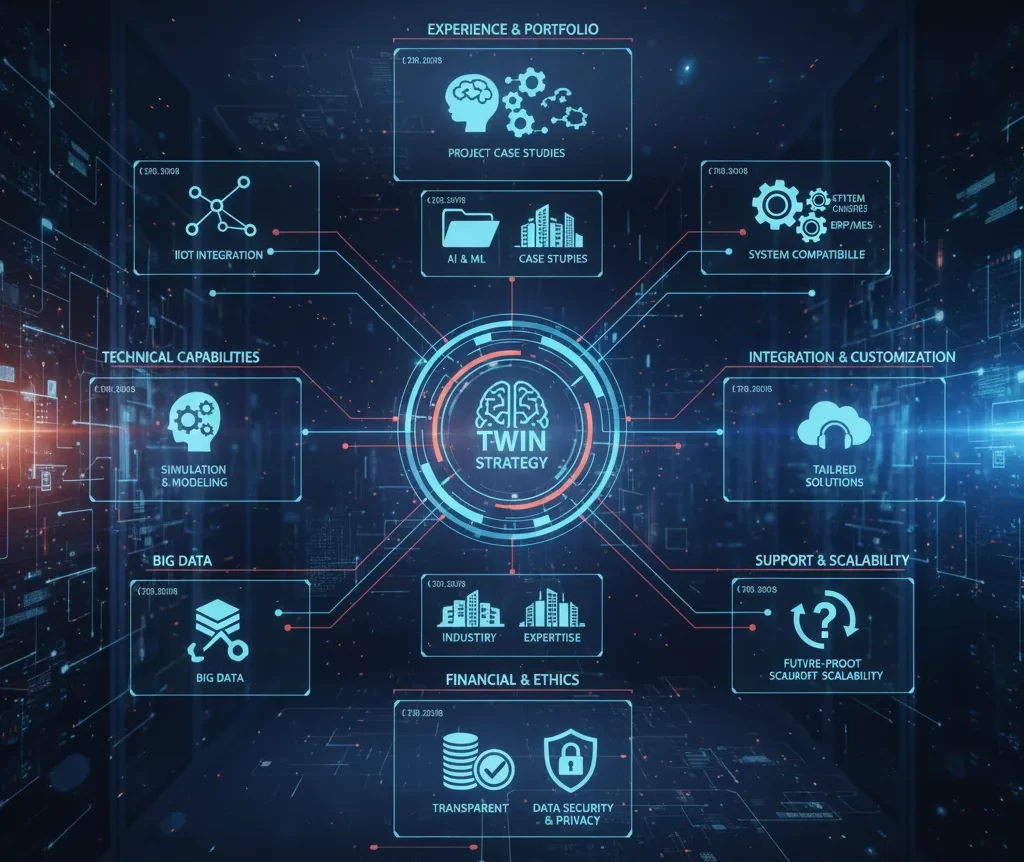Cybersecurity is a set of measures, technologies, and processes designed to protect computer systems, networks, and data from attacks, unauthorized access, damage, or information theft.
1. Introducing the importance of cybersecurity today
In an increasingly connected world, cybersecurity has become the foundation of our digital lives. With the rapid proliferation of smart devices and the Internet of Things (IoT), the potential attack surface of cyber threats has expanded significantly. Personal information, financial data and even critical infrastructure are at risk of being compromised by malicious actors.

Protecting personal and organizational data in a digitally connected world (Knight Office Solutions)
One of the most common threats is phishing, where attackers trick individuals into disclosing sensitive information. Ransomware attacks that encrypt data and demand ransom for its release are also on the rise, targeting both individuals and large organizations. The consequences of these attacks can be devastating, leading to financial losses, reputational damage and even legal consequences.
To mitigate these risks, it is essential to adopt robust cybersecurity practices. This includes regularly updating software to patch security holes, using strong, unique passwords and enabling multi-factor authentication. Organizations should invest in comprehensive security training for employees and deploy advanced security measures such as intrusion detection systems and encryption.
In short, cybersecurity is not just a technical issue but an important aspect of personal and organizational safety. Staying informed and vigilant can dramatically reduce the risk of cyber threats and ensure a safer digital environment for everyone.
2. Main objectives of cybersecurity
Confidentiality: Ensuring that only authorized individuals can access the data.
Integrity: Ensuring that data is not altered without permission.
Availability: Ensuring systems operate reliably and are not disrupted by attacks.
3. Common types of cyberattacks
Malware: Malicious software such as viruses, trojans, ransomware, etc.
Phishing: Deceptive emails or websites designed to steal sensitive information.
DDoS (Distributed Denial of Service): Overwhelming a service with excessive traffic to make it unavailable.
Software vulnerability exploitation (Exploit): Taking advantage of security flaws in software.
4. Latest security measures in cybersecurity

Uses a variety of advanced prevention measures to reduce cyber risk (Collidu)
- Update software
Up-to-date software systems are more resilient than outdated versions, which can be vulnerable to weaknesses. Updates are often fixes for errors and weaknesses of the old version, so updating to a new version is the best. Also, consider keeping your software system up to date by investing in a patch management system.
- Multi Factor Authentication (MFA)
End users are frequent targets for cybercriminals, both on their devices and through social engineering attacks. All end-user devices should have endpoint security software deployed. This will integrate with a broader security information and event management (SIEM) tool that enables organization-wide threat monitoring and analysis.
- Encryption of data and communication
Data encryption is a common way to prevent cyber attacks, and it ensures that only those with the decryption key can access the data. To successfully attack encrypted data, attackers often must rely on the brute force method of trying different keys until they guess correctly, making it difficult to break the encryption.

Apply strong cybersecurity to build a secure digital environment (Design Solutions)
- Monitor and analyze user behavior (UBA)
Leverage user and entity behavior analytics (UBA) to establish a baseline for normal activity across your network. Then, monitor how admin accounts and services are being used, which users are sharing inappropriate credentials, and whether the attacker is expanding from the initial network compromise to move around and infiltrate other systems.
- Train and raise awareness about cybersecurity for employees
Educate employees on why phishing is harmful and empower them to detect and report fraudulent activities. This type of training involves emailing simulated phishing campaigns to employees, tracking results, reinforcing training, and improving simulation results. It is also important to provide employees with ongoing security awareness training so they know how to spot the latest versions of suspicious emails, messages or websites.
- Implement cyber deception technologies
Fraudulent technologies deploy “fake” applications, databases and IT systems online. Any cyber attacker who breaches an external firewall will be tricked into thinking they have access to the internal system. In effect, mock systems are considered honeycombs to allow security teams to monitor attacker activity and collect data without exposing the production system.
Conclusion
In short, cybersecurity is an essential foundation in the digital age, helping to protect personal and organizational data against increasingly sophisticated threats. Adopting security measures such as software updates, using multi-factor authentication, and employee awareness training not only minimizes risk but also improves the ability to respond to attacks. This is the key to creating a safe and sustainable digital environment.












